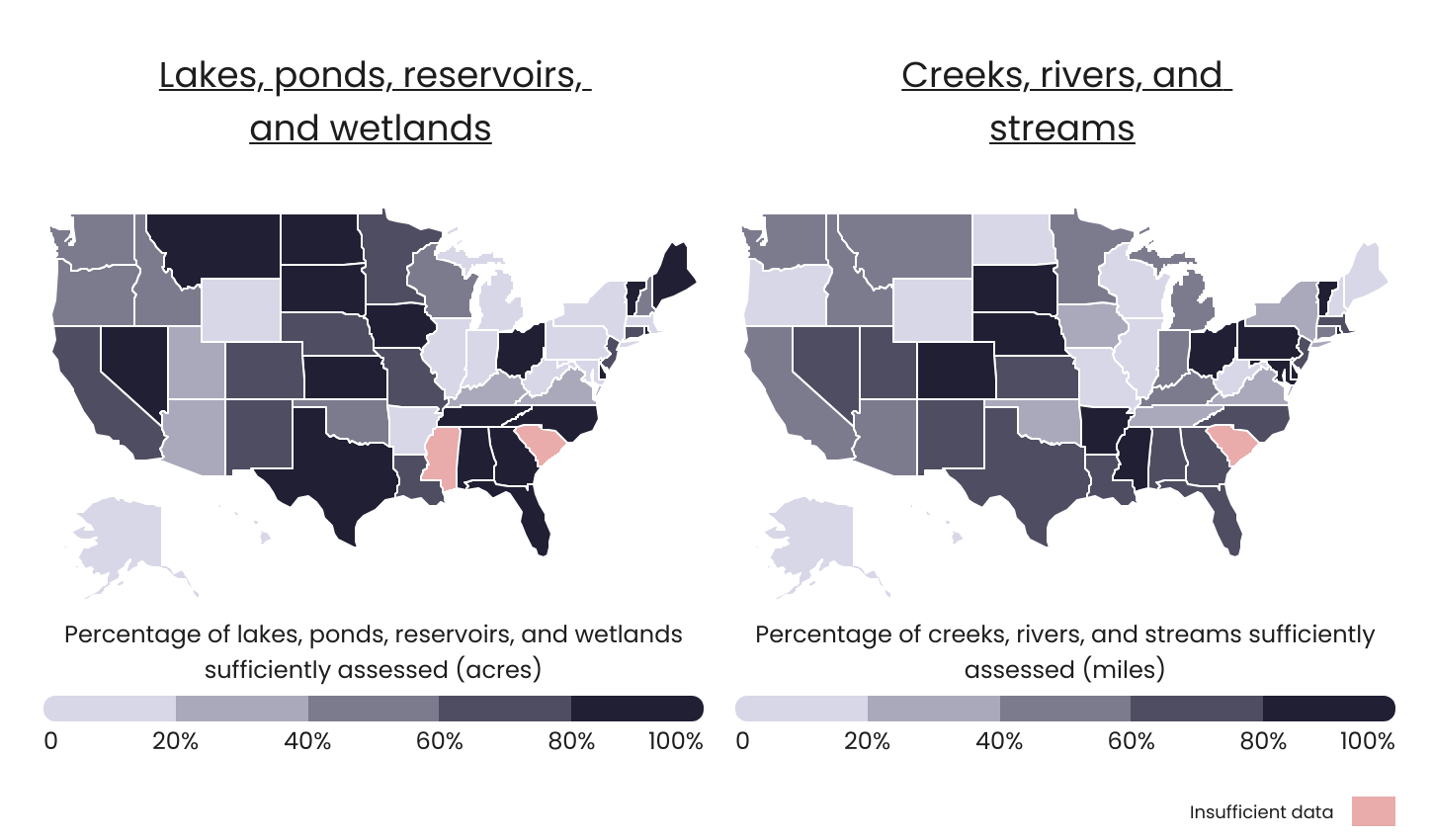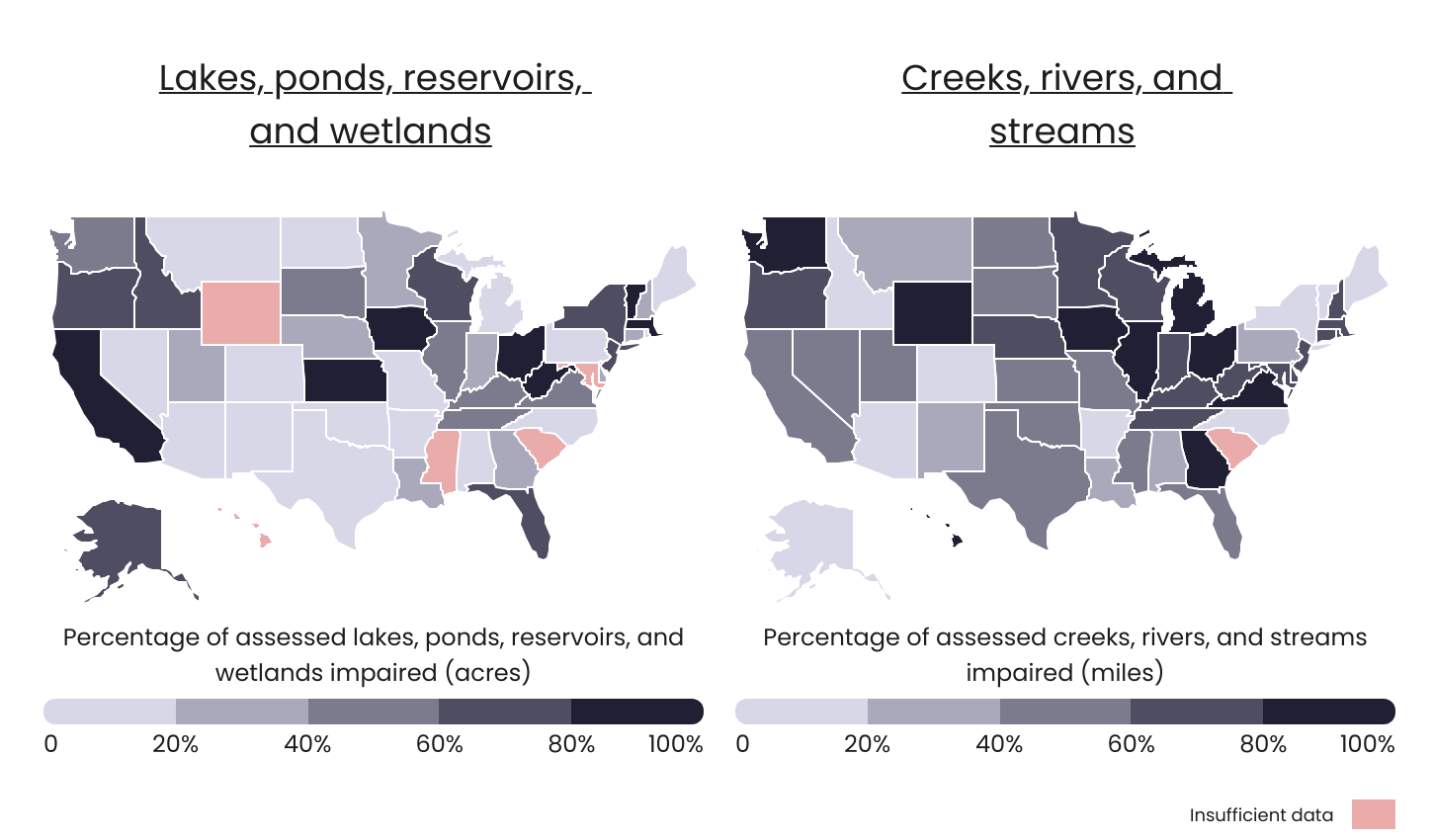Many Americans view lakes and rivers as a peaceful retreat, offering a place to unwind, connect with nature, or cool off. However, water quality remains a concern in the United States. According to the Environmental Protection Agency (EPA), a significant portion of freshwater bodies are too polluted for activities like swimming. The Clean Water Act (CWA) was enacted in 1972 to address this issue by regulating pollutant discharge, implementing pollution control programs, and supporting sewage treatment plant construction.
Despite these efforts, challenges persist, especially nonpoint source pollution, like agriculture runoff, which is difficult to regulate under the CWA. Recreational waterborne diseases caused by contaminants pose health risks, with Norovirus being a common illness from water recreation. Monitoring water quality is crucial, but enforcement and funding issues hinder progress, resulting in limited assessments of water bodies and impaired waters.
Top Causes of Recreational Waterborne Disease Outbreak
Norovirus is a prevalent illness from recreational water use in the U.S.
An average of nearly 35,000 cases of waterborne illnesses occur annually in the U.S. from recreational water use, primarily due to pathogens from various sources. Norovirus and Staphylococcus are significant contributors, causing discomfort and serious health issues for swimmers.
Recreational-Use Water Assessment Progress by State
Only 19 states have assessed the majority of their recreational-use waters for impairments

Despite the CWA’s goal to improve water quality, limited monitoring has impacted progress. States vary in assessing water bodies, with some states like Rhode Island assessing all recreational waters, while others, like Wyoming, lag behind. Lack of EPA enforcement and weak regulation contribute to monitoring challenges.
Geographical Differences in Impaired Recreational-Use Waters
Water quality varies by state, with some states having less contaminated waters than others

States handle water quality differently, leading to disparities in impairment rates. While some states like New Mexico and Colorado have low contamination levels, others like West Virginia face challenges. Rivers and streams are particularly difficult to assess, with some states making more progress than others.
Research by Captain Experiences highlights the need for improved water quality monitoring and regulation to ensure safe recreational water use nationwide. For more details and state-specific data, visit Captain Experiences’ blog.





